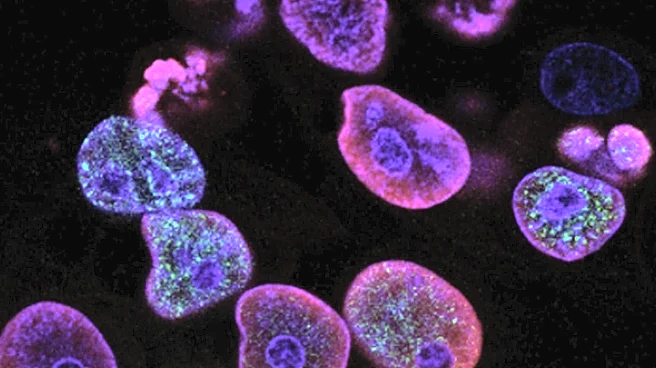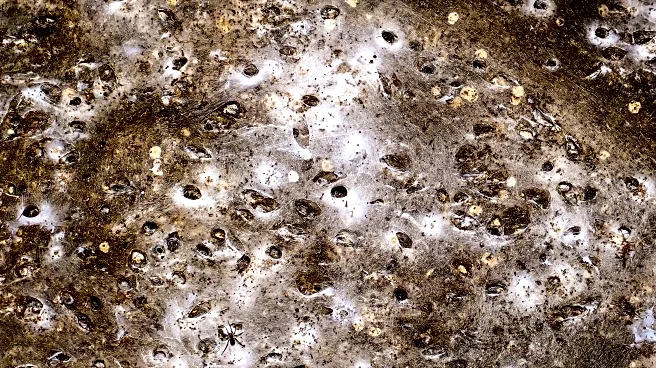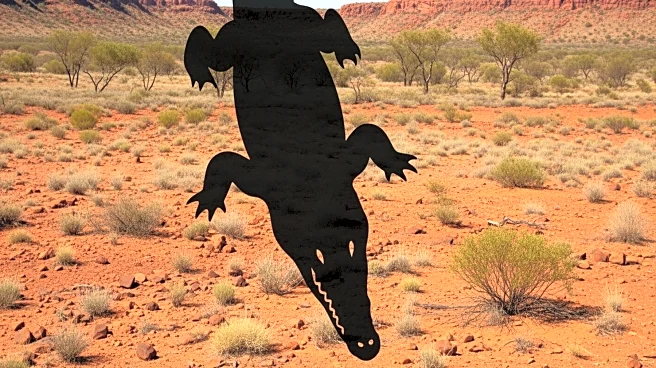What's Happening?
Researchers at Stockholm University have successfully sequenced RNA from a woolly mammoth known as Yuka, which was preserved in Siberian permafrost for approximately 40,000 years. This achievement marks a significant milestone in paleogenetic studies,
as RNA is typically too fragile to survive long after an organism's death. The team used specialized chemical treatments to extract RNA fragments from Yuka's muscle and other tissues, providing insights into the genes active at the time of the mammoth's death. This level of detail offers a new perspective on extinct life, complementing DNA analysis by revealing real-time biological processes.
Why It's Important?
The extraction of RNA from ancient specimens like Yuka opens new avenues for understanding the biology and evolution of extinct species. Unlike DNA, which provides historical genetic information, RNA offers insights into the biological functions occurring at the time of an organism's death. This can enhance our understanding of how ancient species interacted with their environment and responded to stressors, such as predation. The ability to study RNA alongside DNA and proteins could lead to breakthroughs in reconstructing the life processes of extinct species, potentially informing conservation strategies for endangered species by understanding their historical biology.














